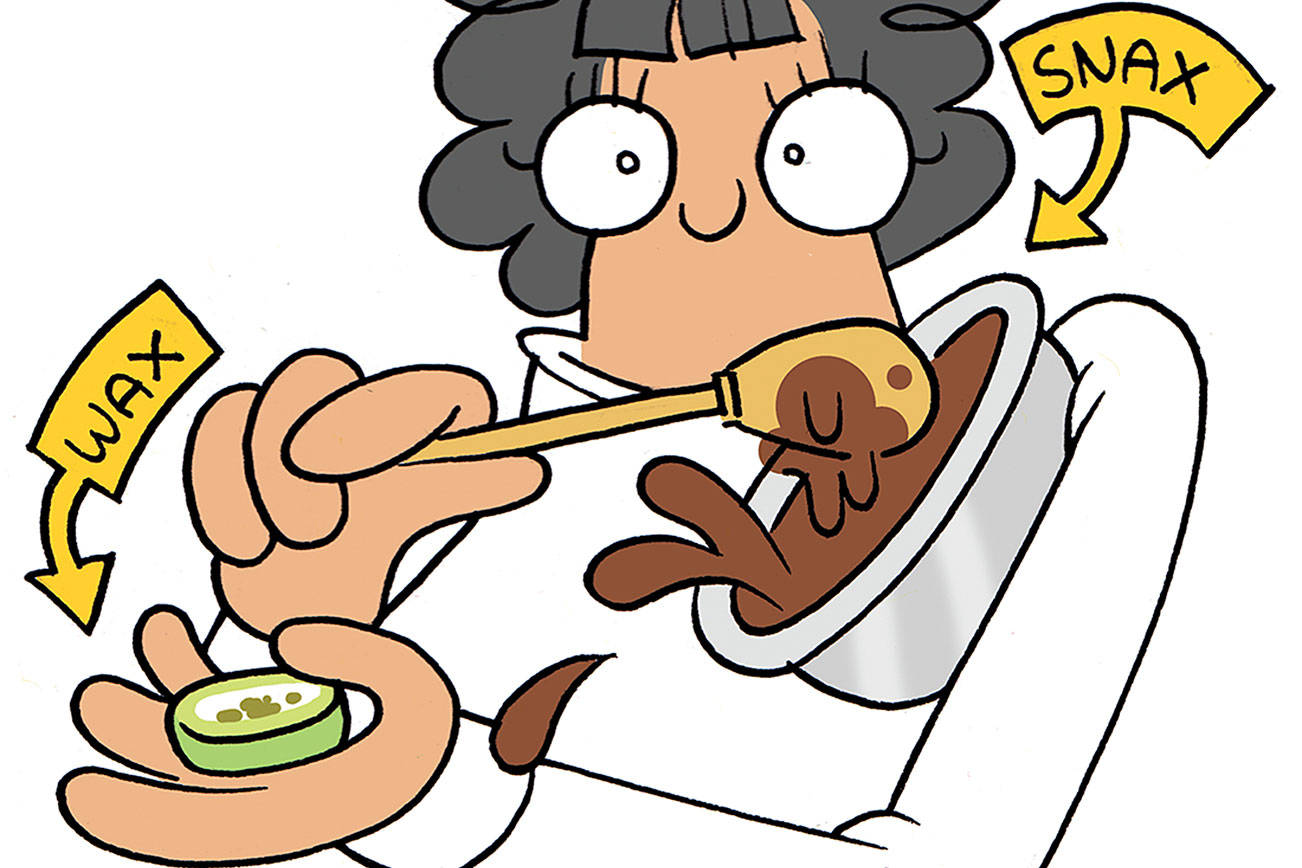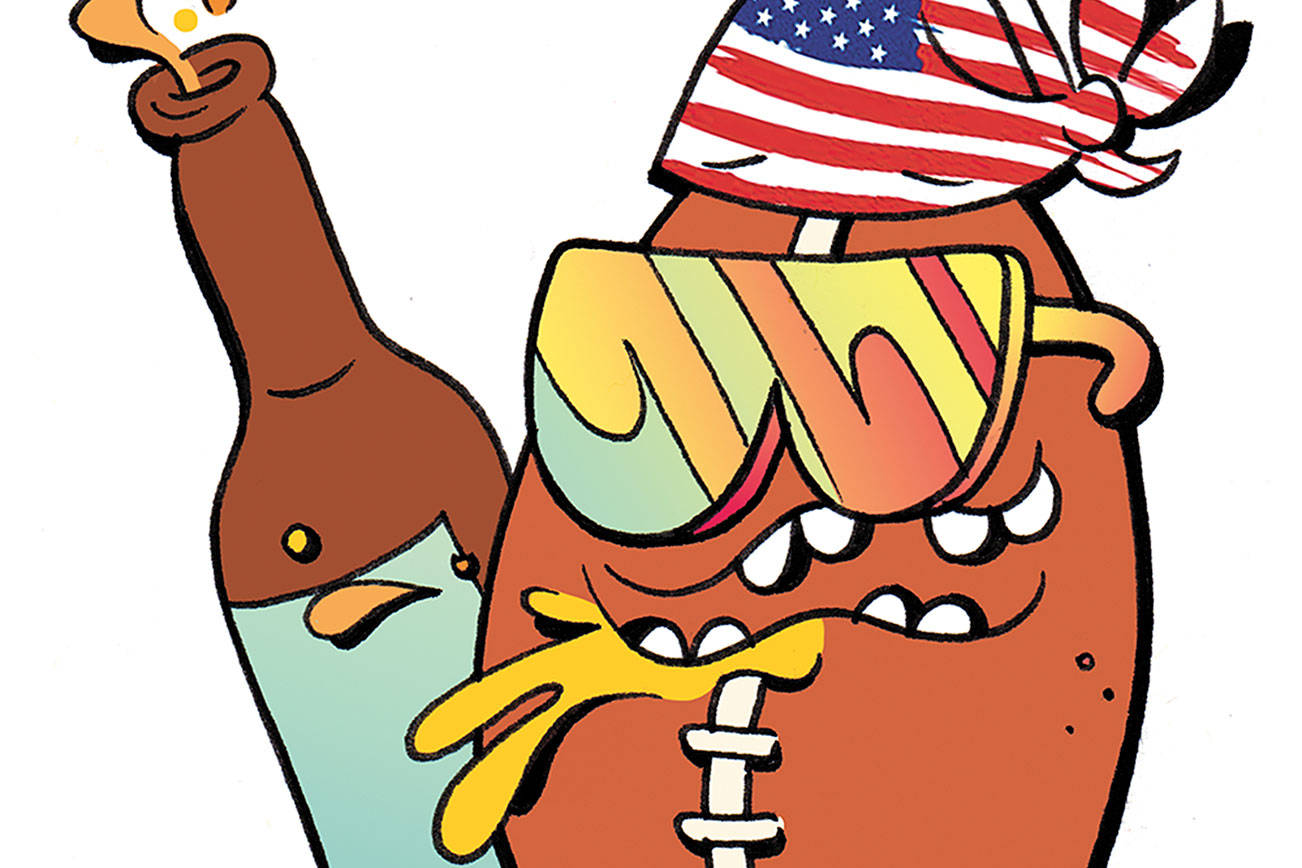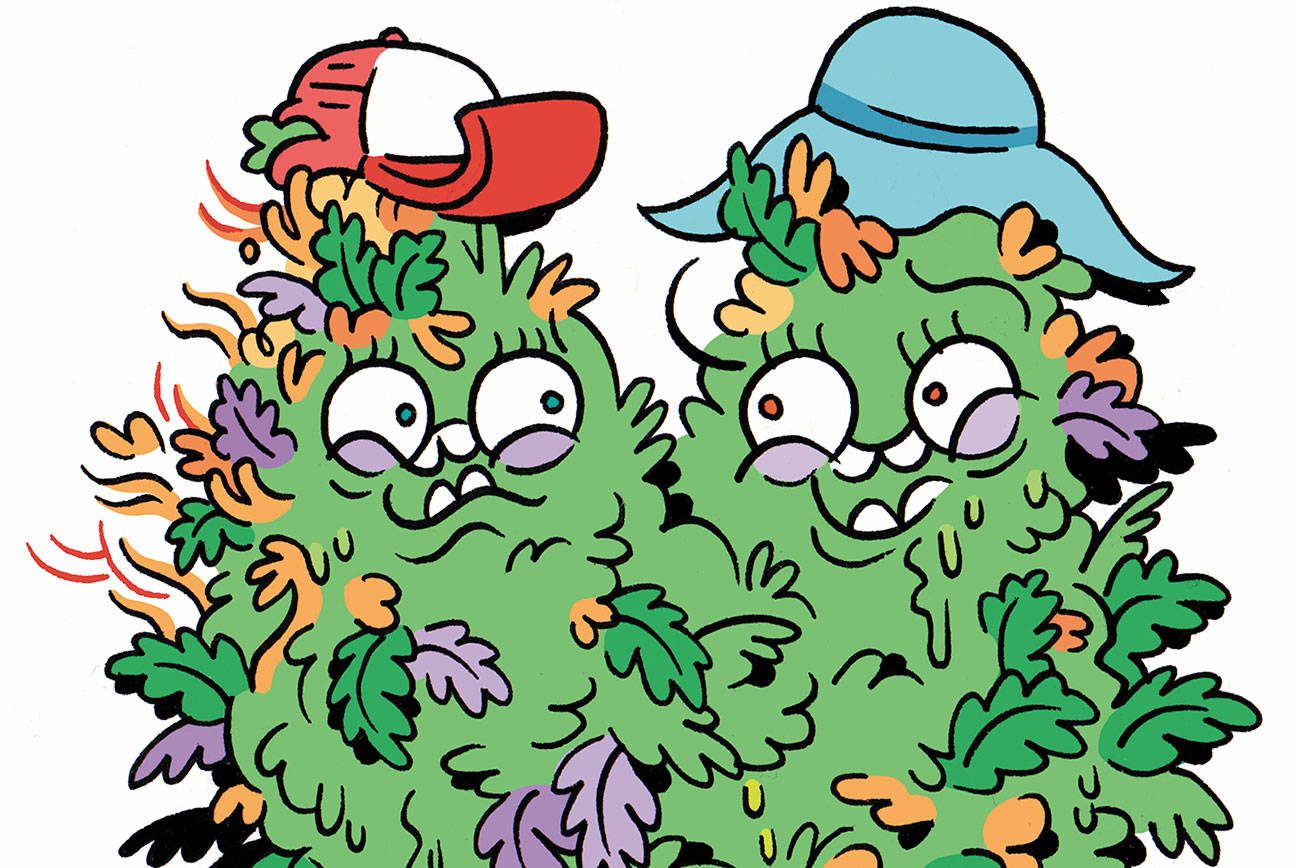The fastest-growing group of stoners? Your grandparents.
It turns out that baby boomers do want to get high with a little help from their friends. A report released in January by the Pew Research Center inducates that boomers’ approval rating for cannabis use has jumped to 56 percent (up from a meager 34 percent way back in 2000). The fastest-growing group of people getting into cannabis—or back into it, in some cases—are seniors. According to a paper published in The British Journal of Addiction, cannabis use among people ages 52–70 has increased almost 12 percent between 1992 and 2013.
The interesting (or hypocritical, depending on your viewpoint) aspect of this is that many of these boomers smoked weed in their 20s and 30s during the hippie heydays of the 1960s and early 1970s. But by the time the 1980s rolled around, their views had shifted. Doing lots of coke and not wearing socks was in, while weed—along with other elements associated with the hippie lifestyle, like patchouli and civil rights—was definitely not cool, an embarrassing reminder of a blurry past.
Well, here we are a few decades later, and weed is finally having its second life with baby boomers. And as cannabis comes out of the shadows and into the light, many are deciding to toss aside Reagan-era viewpoints and “Just Say Yes,” returning to their old friend marijuana for medicinal and recreational reasons.
One of the biggest factors convincing boomers to come back over the Green Fence has been the flood of product types. Rolling a doobie is no longer the only option. Vaping, edibles, patches, tinctures, lotions, and many more products are all available now to the discerning senior. Moreover, as legalization sets in and cannabis becomes more normalized, many seniors are shedding their fears about sketchy dealers, weed laced with other drugs, and unmanageable doses.
That said, a more pragmatic reason may be at the heart of this movement. As it turns out, many ailments older folks deal with can be treated effectively by both THC and CBD. Currently, those over 65 make up about 14 percent of the U.S. population, but they use over 30 percent of the nation’s pharmaceuticals. With our opioid crisis skyrocketing, many older folks are turning to cannabis to get away from drugs with more pronounced downsides.
An unusual side effect of the regreening of this generation is that more boomers are working, coming back to work, and putting off retirement longer thanks in part to the medical benefits of weed. It’s also had an impressive impact on their sex lives, which have reportedly been jump-started as a result of the introduction of cannabis in senior living facilities. Thanks to the pain relief and improved mobility provided by cannabis—as well as its ability to calm people’s nerves—plenty of the silver set are toking up and getting down.
One of the coolest results I’ve seen from this trend is more families enjoying cannabis together. Many people are finding they can come out of the “green closet” and be open and honest with their parents, grandparents, kids, grandkids, and other relatives about the role cannabis plays in their lives. And just as some consider a kid’s first beer with Mom or Dad a rite of passage, Gramma’s first doobie may be the initiation ritual of 2018.
stashbox@seattleweekly.com







